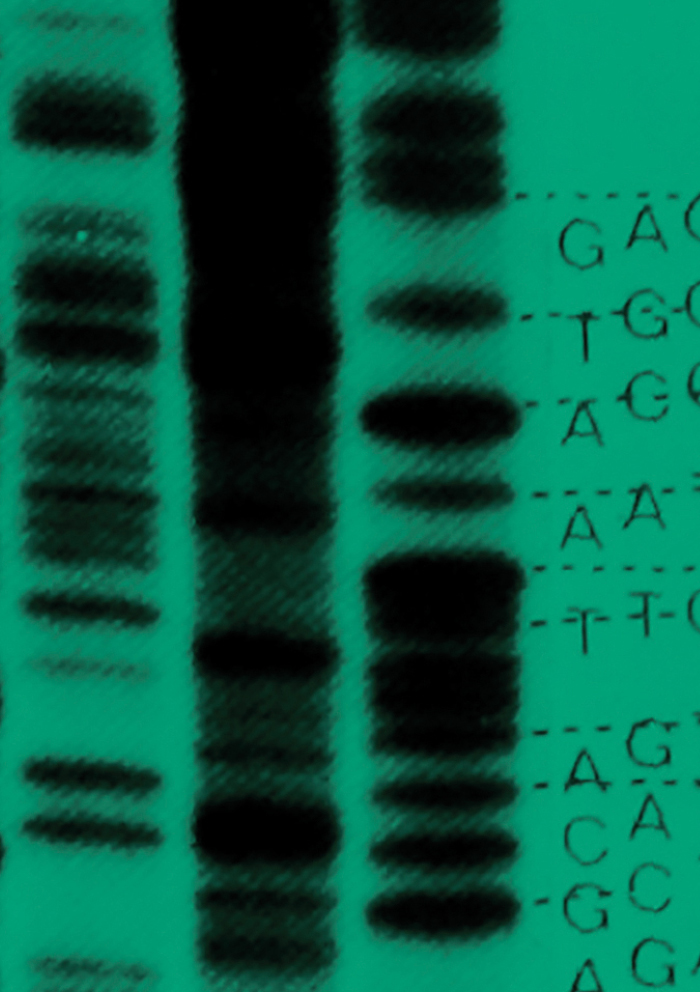 -
Volume 3,
Issue 12,
2017
-
Volume 3,
Issue 12,
2017
Volume 3, Issue 12, 2017
- Microbial Evolution and Epidemiology: Population Genomics
-
-
-
Vibrio cholerae genomic diversity within and between patients
More LessCholera is a severe, water-borne diarrhoeal disease caused by toxin-producing strains of the bacterium Vibrio cholerae. Comparative genomics has revealed ‘waves’ of cholera transmission and evolution, in which clones are successively replaced over decades and centuries. However, the extent of V. cholerae genetic diversity within an epidemic or even within an individual patient is poorly understood. Here, we characterized V. cholerae genomic diversity at a micro-epidemiological level within and between individual patients from Bangladesh and Haiti. To capture within-patient diversity, we isolated multiple (8 to 20) V. cholerae colonies from each of eight patients, sequenced their genomes and identified point mutations and gene gain/loss events. We found limited but detectable diversity at the level of point mutations within hosts (zero to three single nucleotide variants within each patient), and comparatively higher gene content variation within hosts (at least one gain/loss event per patient, and up to 103 events in one patient). Much of the gene content variation appeared to be due to gain and loss of phage and plasmids within the V. cholerae population, with occasional exchanges between V. cholerae and other members of the gut microbiota. We also show that certain intra-host variants have phenotypic consequences. For example, the acquisition of a Bacteroides plasmid and non-synonymous mutations in a sensor histidine kinase gene both reduced biofilm formation, an important trait for environmental survival. Together, our results show that V. cholerae is measurably evolving within patients, with possible implications for disease outcomes and transmission dynamics.
-
-
-
-
Porcine commensal Escherichia coli: a reservoir for class 1 integrons associated with IS26
More LessPorcine faecal waste is a serious environmental pollutant. Carriage of antimicrobial-resistance genes (ARGs) and virulence-associated genes (VAGs), and the zoonotic potential of commensal Escherichia coli from swine are largely unknown. Furthermore, little is known about the role of commensal E. coli as contributors to the mobilization of ARGs between food animals and the environment. Here, we report whole-genome sequence analysis of 103 class 1 integron-positive E. coli from the faeces of healthy pigs from two commercial production facilities in New South Wales, Australia. Most strains belonged to phylogroups A and B1, and carried VAGs linked with extraintestinal infection in humans. The 103 strains belonged to 37 multilocus sequence types and clonal complex 10 featured prominently. Seventeen ARGs were detected and 97 % (100/103) of strains carried three or more ARGs. Heavy-metal-resistance genes merA, cusA and terA were also common. IS26 was observed in 98 % (101/103) of strains and was often physically associated with structurally diverse class 1 integrons that carried unique genetic features, which may be tracked. This study provides, to our knowledge, the first detailed genomic analysis and point of reference for commensal E. coli of porcine origin in Australia, facilitating tracking of specific lineages and the mobile resistance genes they carry.
-
Most Read This Month


